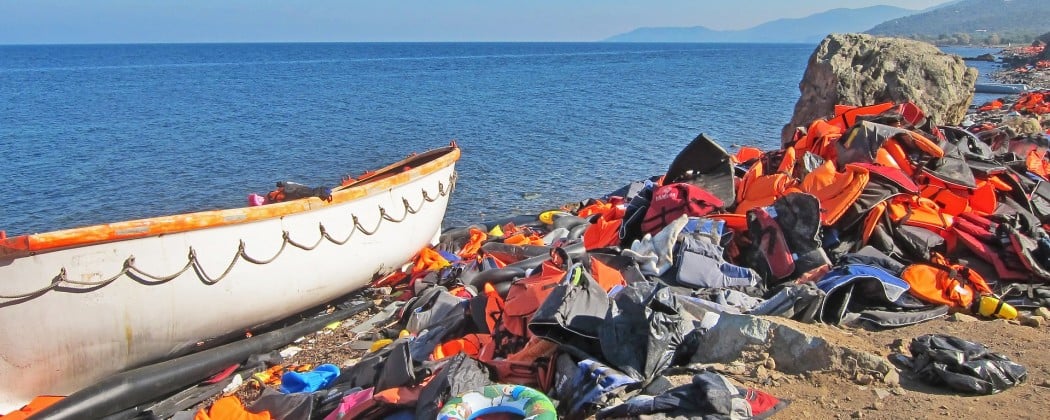This month:
- Forced migration
- Protecting victims, addressing perpetrators
Forced migration on the rise
On 20 June the world marks the World Refugee Day. It comes only days after the UN Refugee Agency (UNHCR) publishes its Global Trends Report.
Gather4Humanity aims to contribute to global efforts by professionals, partners and supporters to bring an end to human suffering and refugee flows as a direct result of war crimes, crimes against humanity and genocide. It finds it unfortunate to learn the figures and trends of 2019.
The numbers
In total 79.5 million people are forcibly displaced, compared to 70.8 million in 2018. Of these, 26 million refugees are under the mandate of the UNHCR or UNWRA. A total number of 24.7 million people are internally displaced, while 4.2 million asylum seekers are waiting to see their applications processed. An additional 3.6 million people are displaced due to the ongoing situation in Venezuala.
Noteworthy is the fact that some 40% of the focribly displaced persons are minors and that roughly 85% of the displaced are hosted in developing countries and some 70% are being hosted in neighbouring countries. Turkey alone for instance hosts 3.6 million refugees. Only some 110.000 people have found a final solution through resettlement programmes.
Most displaced persons now originate from any of the following situations: Syria, Venezuela, Afghanistan, South Sudan, Myanmar, Democratic Republic of Congo and Somalia.
The asylum figures in the EU reflect the global trend. Asylum cases in EU+ countries have gone up by 11% as compared to 2018. This is the first year-to-year increase after the 2015 refugee crisis.
Covid-19
With the ongoing COVID-19 crisis it’s even more troubling to see the increase of forcibly displaced persons. As the crowded camps makes practicing social-distancing difficult, while the reallocation of health and other resources will further impact the situations in the camps.
Further reading:
- Global Trends Report 2019, UNHCR
- Asylum Report 2020, EASO
Protecting victims, addressing perpetrators
A concern raised in society is that migrants with ties to militant organisations an/or that might bear responsibility for war crimes, crimes against humanity and genocide might hide themselves within the refugee flows. This raises the question: what remedies are in place (apart from criminal proceedings)?
The asylum system seeks to protect victims of gross human rights violations who seek justice, while on the other hand it aims to exclude those bearing responsibility for these crimes and whom seek to avoid justice. The application of article 1F of the Refugee Convention is mandatory and reads as follows:
The provisions of this Convention shall not apply to any person with respect to whom there are serious reasons for considering that:
(a) He has committed a crime against peace, a war crime, or a crime against humanity, as defined in the international instruments drawn up to make provision in respect of
such crimes;
(b) He has committed a serious non-political crime outside the country of refuge prior to his admission to that country as a refugee;
(c) He has been guilty of acts contrary to the purposes and principles of the United Nations.
The application of Article 1F is a complementary asset in the fight against impunity for core international crimes. It aims to safeguard the integrity of the asylum system by avoiding that the system is abused by perpetrators responsible for generating refugee flows and who then might benefit from the same provisions as their victims. In many countries (even mandatory in the EU), article 1F provides the opportunity to withdraw international or complementary protection provided. Some countries also prosecute for immigration fraud in this respect (for example the United States).
Both UNHCR and the EASO invest resources in the appropriate application of the 1F clause. To this end, the EASO runs its EU+ Exclusion Network. A network responsible for providing training for practitioners in order to identify, investigate and orderly address alleged perpetrators of core international crimes. The network furthermore shares experiences, best-practices, tools and instruments for practitioners.
Further reading:
- UNHCR Statement on Article 1F of the 1951 Convention as Issued in the context of the preliminary ruling references to the Court of Justice of the European Communities
from the German Federal Administrative Court regarding the interpretation of Articles 12(2)(b) and (c) of the Qualification Directive




